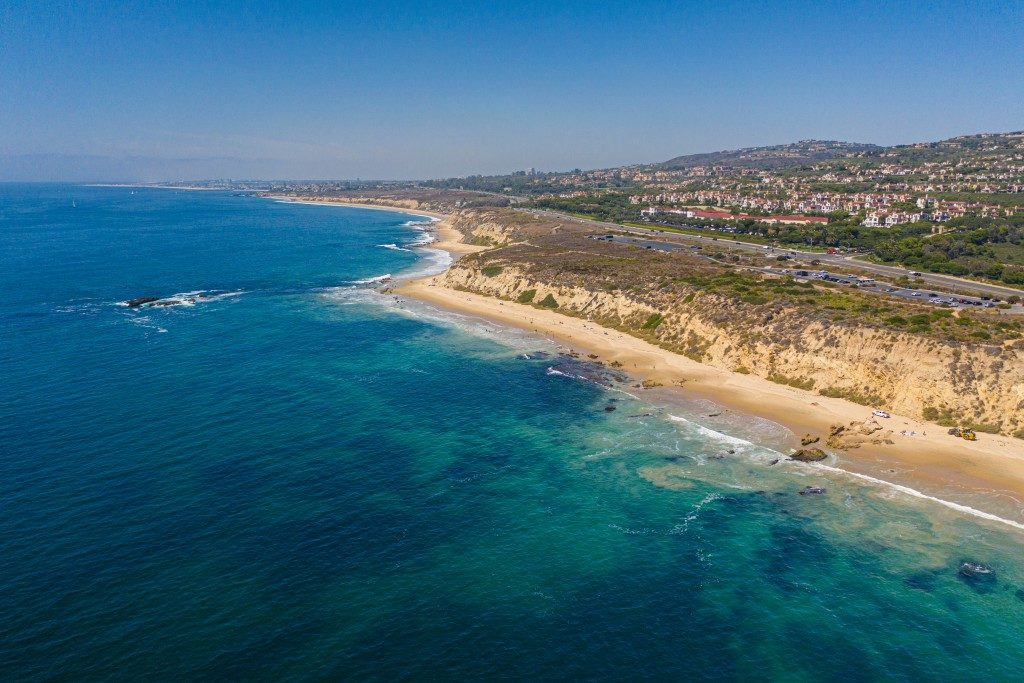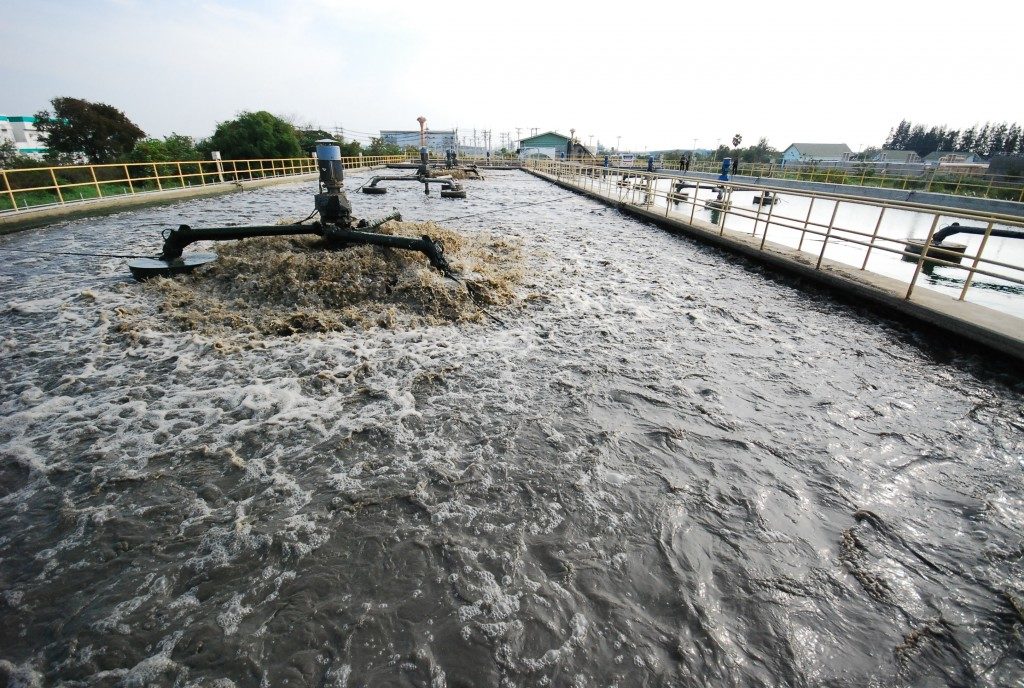Vast bodies of water surround Australia. Indian Ocean, Timor Sea, the Tasman Sea, and the Gulf of Carpenteria are just some of them. These waters reach almost every corner of the gigantic continent.
And yet, the country is one of the driest landmasses in the world. This explains why homes need to use rainwater tanks and might even have to invest in water controls like Davey pumps in Australia.
The Challenges of Australia’s Water Supply
Much of the water that comes out of the faucets in the households comes from rivers, streams, and reservoirs. The supply, meanwhile, is dependent on rainfall and water runoffs.
The problem is that the country has a highly variable rainfall. It means the amount of rain that lands in different areas can vary year to year, place to place. Even worse, the levels of rain can be low. On average, it is no more than 16 inches annually. More than 75% of the land receives no more than 24 inches.
Australia is also not immune to drought. A study by the Climate College of the University of Melbourne showed the various major droughts that occurred for hundreds of years.
The researchers found distinct patterns among them. For example, the ones that happened during the late twentieth and twenty-first centuries were some of the worst over the last 400 years. They can also affect different parts of Australia, as well. If there’s one thing that linked most, it’s rainfall.
For instance, the Millennium drought, which occurred from 1997 to 2009, was due to poor rainfall during the colder seasons. The Federation drought, which happened during the late 1800s to early 1990s, was a decline in rainfall while the season was warm.
For this reason, territories advocate and even incentivize the use of rainwater tanks in both homes and businesses. Their purpose wasn’t only to retain or store rainwater but also to distribute it to various parts of the house.
Health agencies don’t promote drinking rainwater, but households and commercial establishments can use them for other applications. These include doing the laundry, flushing the toilet, or watering the plants.
Using rainwater pumps is also helpful as it controls the amount of rainwater used. It can help save as much as 40% of water. This is also advantageous since the cost of water in the country is high. After all, the demand is massive, but the supply is low. According to the Australian Bureau of Statistics, the average cost for water was $3.28 between 2016 and 2017.

What About the Seawater?
To cope with the growing demand for water, Australia puts up desalination plants. What these factories do is to draw water from the oceans or seas, remove salt, and then deliver salt back to the open waters. Around 2014, about 39% of Perth’s water was already from desalination. The percentage was higher in Adelaide at 41%.
These plants, though, are more of backups than the primary sources of water for now. They are costly not only to operate but also to maintain. There’s also the growing concern of the environmental effects of salt that flows back into the water.
As Australia tries to find a way to meet the water demand, households and businesses can do their part with installing rainwater tanks and controlling the water flow with pumps.





